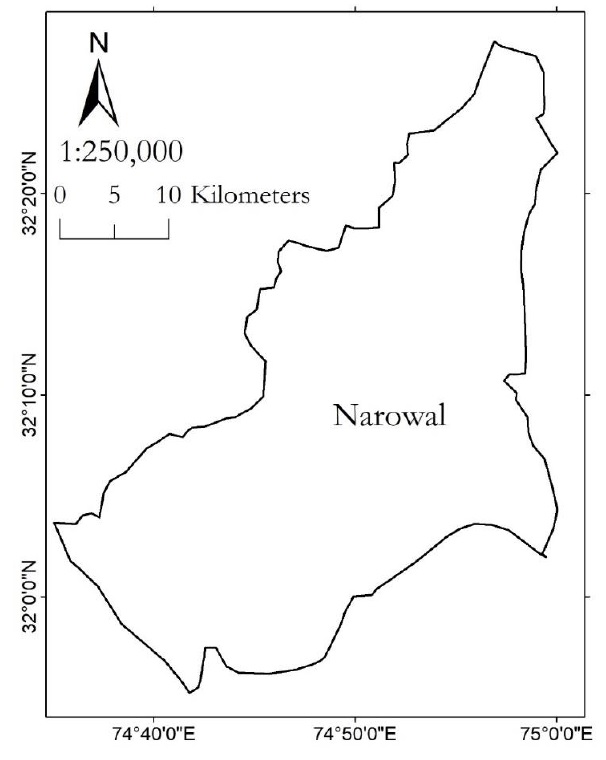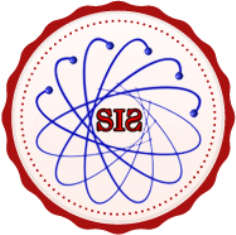Estimation of Wheat Area using Sentinel-1 and Sentinel-2 datasets (A Comparative Analysis).
Keywords:
Sentinel-1, Sentinel-2, Yield-Area Index, Kappa Stat, Random Forest ClassificationAbstract
Wheat is the basic staple food, largely grown, widely used and highly demanded. It is used in multiple food products which are served as fundamental constituent to human body. Various regional economies are partially or fully dependent upon wheat production. Estimation of wheat area is essential to predict its contribution in regional economy. This study presents a comparative analysis of optical and active imagery for estimation of area under wheat cultivation. Sentinel-1 data was downloaded in Ground Range Detection (GRD) format and applied the Random Forest Classification using Sentinel Application Platform (SNAP) tools. We obtained a Sentinel-2 image for the month of March and applied supervised classification in Erdas Imagine 14. The random forest classification results of Sentinel-1 show that the total area under investigation was 1089 km2 which was further subdivided in three classes including wheat (551km2), built-up (450 km2) and the water body (89 km2). Supervised classification results of Sentinel-2 data show that the area under wheat crop was 510 km2, however the builtup and waterbody were 477 km2, 102 km2 respectively. The integrated map of Sentinel-1 and Sentinel-2 show that the area under wheat was 531 km2 and the other features including water body and the built-up area were 95 km2 and 463 km2 respectively. We applied a Kappa coefficient to Sentinel-2, Sentinel-1 and Integrated Maps and found an accuracy of 71%, 78% and 85% respectively. We found that remotely sensed algorithms of classifications are reliable for future predictions.


















